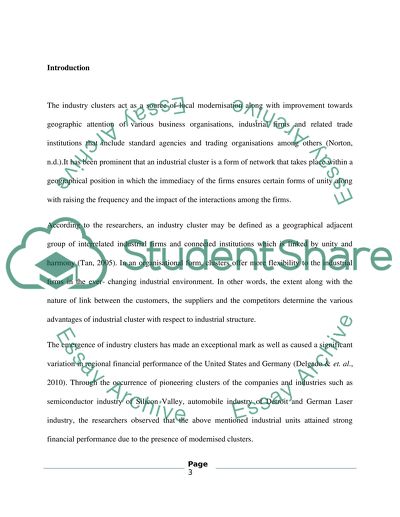Cite this document
(“The Emergence of Industry Clusters. Theory & Evidence Essay”, n.d.)
Retrieved from https://studentshare.org/marketing/1394988-the-emergence-of-industry-clusters-theory-evidence
Retrieved from https://studentshare.org/marketing/1394988-the-emergence-of-industry-clusters-theory-evidence
(The Emergence of Industry Clusters. Theory & Evidence Essay)
https://studentshare.org/marketing/1394988-the-emergence-of-industry-clusters-theory-evidence.
https://studentshare.org/marketing/1394988-the-emergence-of-industry-clusters-theory-evidence.
“The Emergence of Industry Clusters. Theory & Evidence Essay”, n.d. https://studentshare.org/marketing/1394988-the-emergence-of-industry-clusters-theory-evidence.


